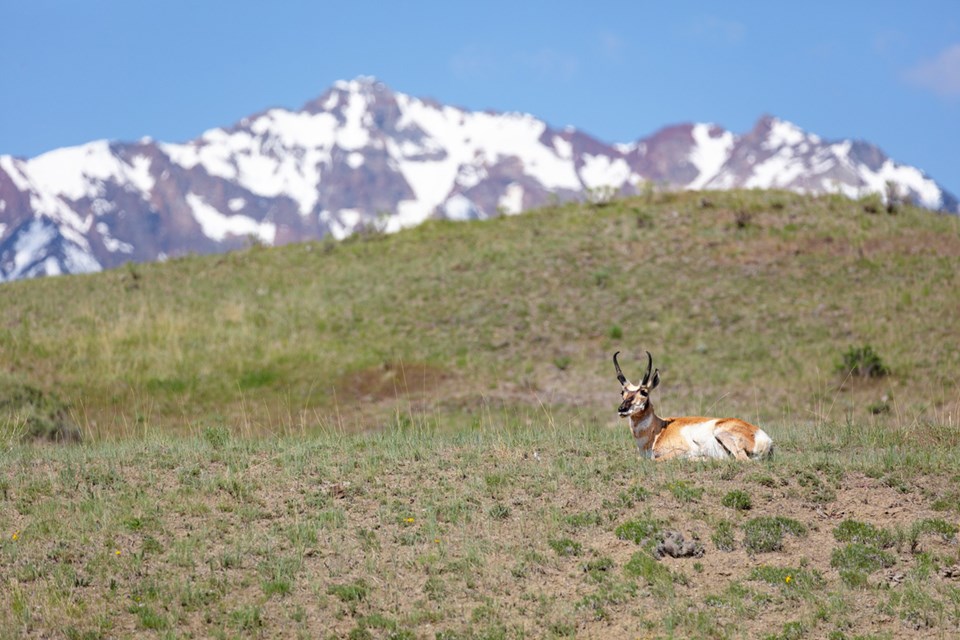
NPS / Jacob Frank 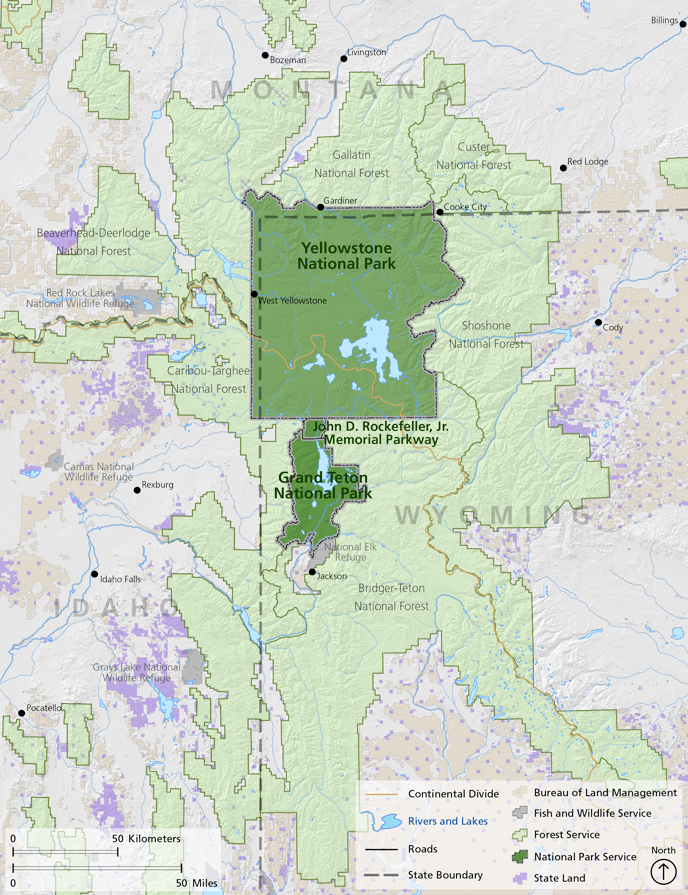
At 3,437.5 square miles (8,903 km2),Yellowstone National Park forms the core of the Greater Yellowstone Ecosystem—one of the largest nearly intact temperate-zone ecosystems on Earth. Greater Yellowstone’s diversity of natural wealth includes the hydrothermal features, wildlife, vegetation, lakes, and geologic wonders like the Grand Canyon of the Yellowstone River. Heart of an EcosystemYellowstone National Park was established in 1872 primarily to protect geothermal areas that contain about half the world’s active geysers. At that time, the natural state of the park was largely taken for granted. As development throughout the West increased, the 2.2 million acres (8,903 km2) of habitat that now compose Yellowstone National Park became an important sanctuary for the largest concentration of wildlife in the lower 48 states. The abundance and distribution of these animal species depend on their interactions with each other and on the quality of their habitats, which in turn is the result of thousands of years of volcanic activity, forest fires, changes in climate, and more recent natural and human influences. Most of the park is above 7,500 feet (2,286 m) in elevation and underlain by volcanic bedrock. The terrain is covered with snow for much of the year and supports forests dominated by lodgepole pine and interspersed with alpine meadows. Sagebrush steppe and grasslands on the park’s lower-elevation ranges provide essential winter forage for elk, bison, and bighorn sheep. 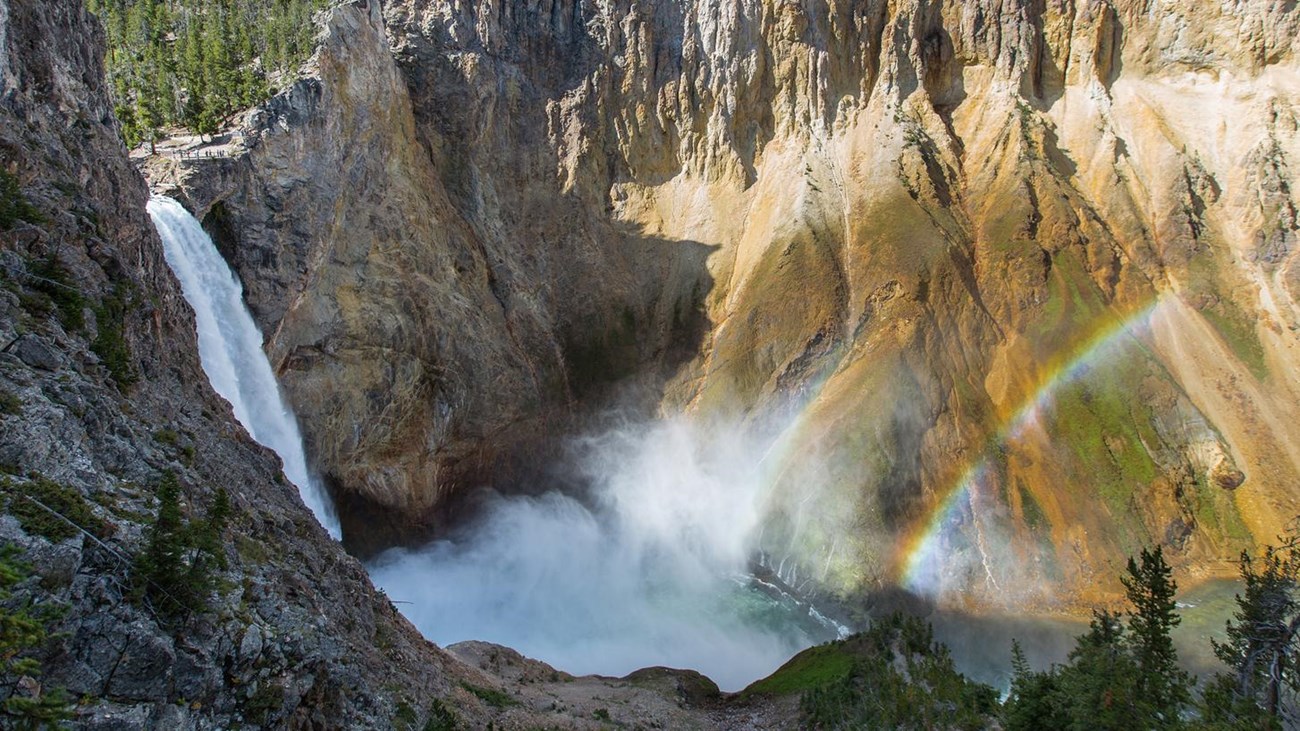
Influence of Geology
Geological characteristics form the foundation of an ecosystem. 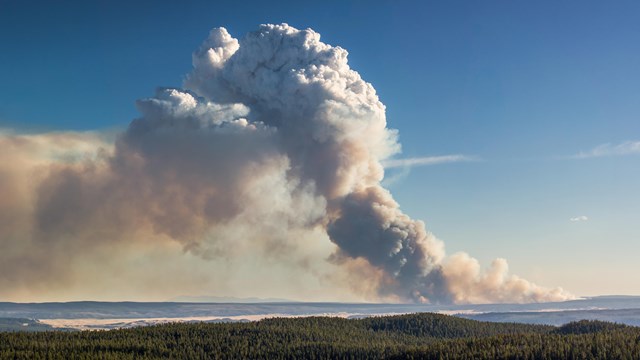
Air Quality
Yellowstone National Park is a Class I airshed. The largest source of particulate matter in Greater Yellowstone is smoke from wildland fire. 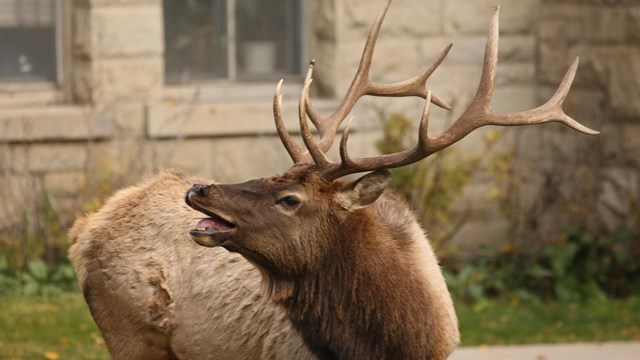
Soundscapes
Sounds have an important ecological function for reproduction and survival. Together they form a soundscape. 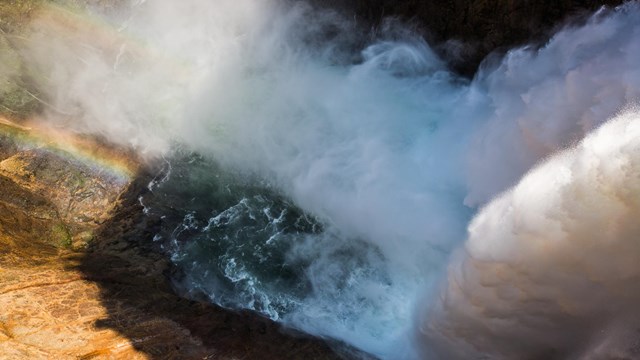
Water
Learn about the role of water in Yellowstone and beyond. 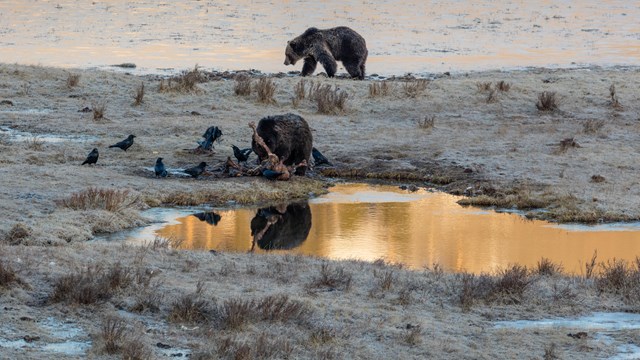
Cycles and Processes
Many animals migrate seasonally, following the new growth of grasses and other food sources. 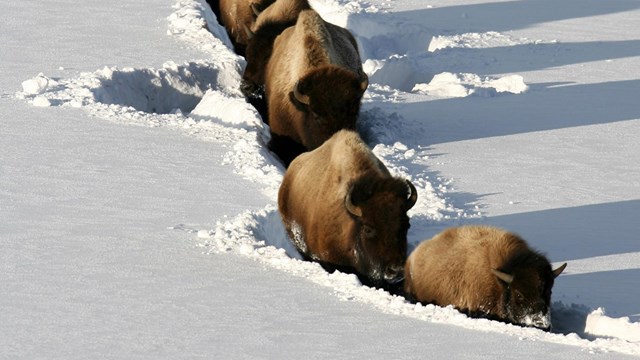
Winter Ecology
Winter in Yellowstone is a place of magic and vulnerability. 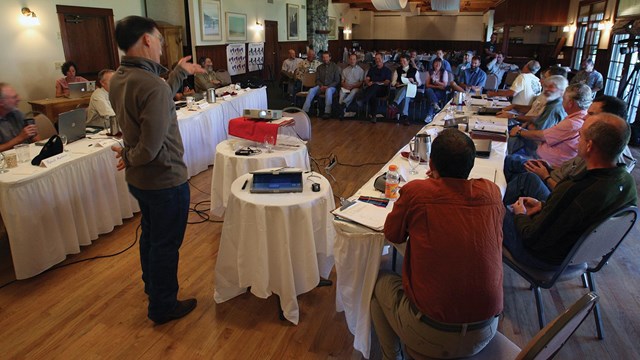
Beyond Boundaries
Managers from local, state, and federal agencies across the Greater Yellowstone Ecosystem coordinate efforts around resource issues. 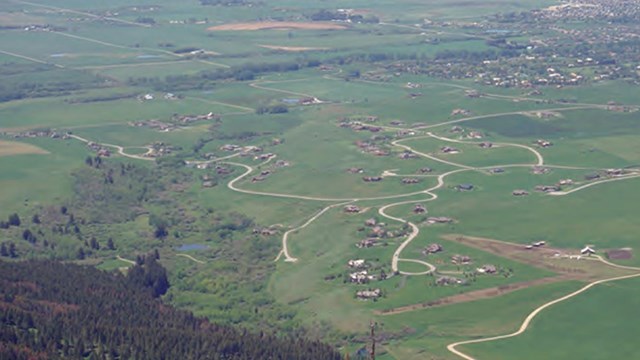
Land Use
How land is used outside the park can disrupt ecological processes within the park. 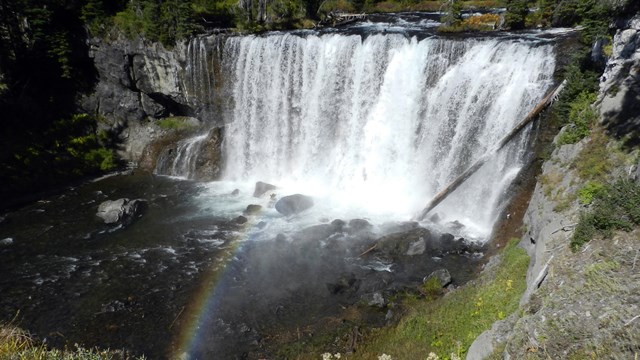
Wilderness
More than 2 million acres of Yellowstone are recommended for federal wilderness designation and managed as such. 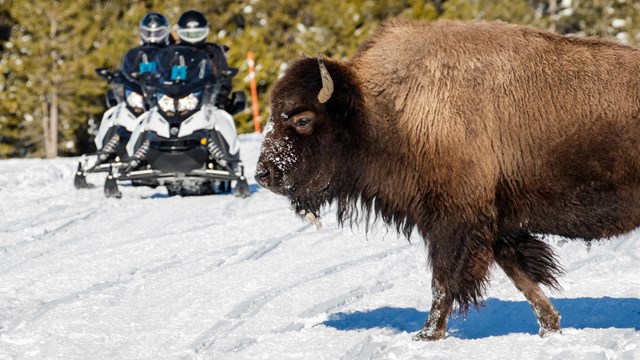
Winter Use
The winter use debate spans more than 80 years, with each participant asking: should the park be accessible in winter? 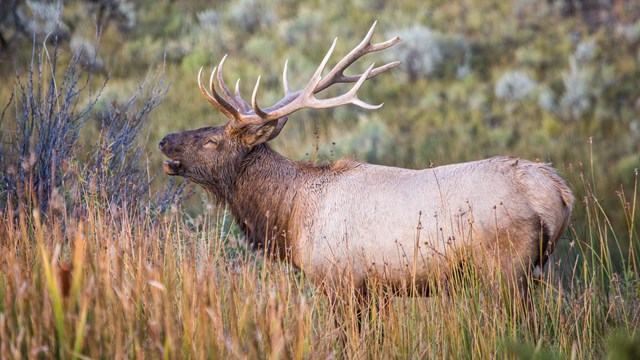
Nature
Discover the natural wonder of Yellowstone and our role in the conservation of wildlife. |
Last updated: August 21, 2020
